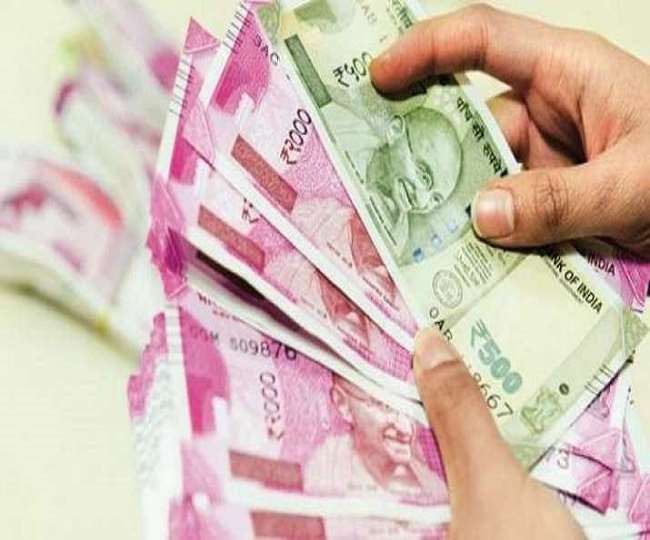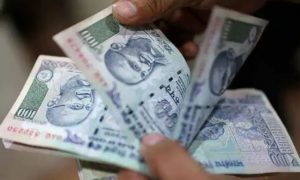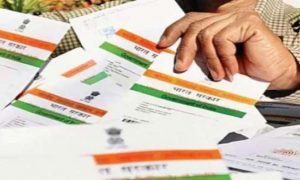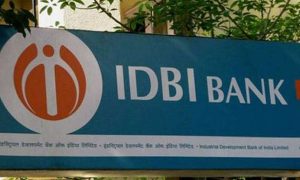The National Statistics Office (NSO) on Wednesday released the inflation data. As per the data, rural inflation stood at 5.51 per cent, while urban inflation was higher at 5.89 per cent. The Consumer Food Price Index fell to 4.79 per cent as against 5.95 per cent in February.
Read more:- How To Withdraw Money From Your Mutual Fund Scheme?
Retail inflation in March eased to a 15-month low of 5.66 percent as against 6.44 per cent last month, cooling off below RBI’s upper threshold of 6 per cent, cheering up the already positive D-Street. “This certainly opens the door for the awaited pivot after the current pause.Trend in CPI print should cheer up the already positive D-Street post the surprise pause in the interest rates,” said Umesh Kumar Mehta, CIO, SAMCO MF.
The National Statistics Office (NSO) on Wednesday released the inflation data. As per the data, rural inflation stood at 5.51 per cent, while urban inflation was higher at 5.89 per cent. The Consumer Food Price Index fell to 4.79 per cent as against 5.95 per cent in February. “Core inflation for March too has declined to 5.8 per cent from 6.1 per cent in February. This is good news from the market perspective. Bulls can take the rally forward on the assumption that we are at the peak of this rate hiking cycle,” said Dr. VK Vijayakumar, Chief Investment Strategist, Geojit FInancial Services.
Also Read- Inflation At 15-Month Low: What Does It Mean for RBI?
Retail inflation eased on the back of moderating prices of most items, particularly in the food basket, and a base effect that came into play. “We are expecting inflation to fall below 5 per cent in Q1 FY24 due to base effect. However, since the number is more or less inline with the expectation, we are not expecting any material impact on yields. 10 year should trade in a narrow band of 7.15-7.35 over the next couple of months,” said Ritika Chhabra, Quant Macro Strategist, Prabhudas Lilladher PMS.
What led to easing of retail inflation?
The primary reason for the ease in inflation was the higher base of last year, said Raghvendra Nath, MD, Ladderup Wealth Management Pvt Ltd. “Inflation is expected to stay within RBI’s band as Rabi crop production has been good enough despite unusual rains and extreme heatwaves,” he said.
Also Read– ED Files Case Against BBC For Foreign Exchange Violations
The moderation in consumer headline inflation in March is also supported by softening food prices, especially vegetables. Inflation in food and beverages eased to 5.11 per cent in March from 6.19 per cent in February. This is helped by deflation in vegetables by 8.11 per cent, meat and fish by 1.42 per cent and oils and fats by 7.86 per cent. “Fuel inflation as well eased to 8.9 per cent, however, with the recent surge of 15 per cent in brent crude prices, following the crude oil production cut by the OPEC countries, the risks to increase in fuel prices remain on the upside,” said Vivek Rathi, Director Research, Knight Frank India.
While all these factors support the ease, there are multiple factors pressurising consumer inflation which are more likely to sustain at least in the medium term, he added. The price pressure on non-food and fuel category continues to remain sticky. Also, price growth in categories such as clothing, household goods and services, etc. have continued to remain elevated, thereby denting the household’s disposable income. “Although the wholesale prices have significantly declined, the producers are unlikely to pass this price reduction to the consumers, with an objective to maintain their profit margins,” Vivek Rathi said.
Meanwhile, Rajani Sinha, Chief Economist, CareEdge Ratings, added, “We expect CPI inflation to continue to moderate in the months to come supported by the base effect and some waning of the pent up demand.” Other supporting factors include rate hikes done so far, stable outlook for rupee. However, the impact of unseasonal rains in March on Rabi crops, especially wheat, could pose an upside risk to food inflation. “The risk will get compounded if the monsoon turns unfavourable. Additionally, any major rebound in global crude oil prices is the other risk for India’s CPI inflation,” Rajani Sinha said.
Aiding RBI MPC decision
Moderation in inflationary expectation was one of the key variables for the recent decision by RBI MPC that unanimously kept the repo rate unchanged at 6.5 per cent. “We are currently tracking April inflation at ~4.8 per cent, which would help the RBI stick to its pause in the next meeting. The RBI is now giving more weightage to the fluid global situation and policy repricing in the West, as against their past guidance that was anchored more to the domestic inflation dynamics. We think the bar, to re-raise, is high and its pause will be for good,” said Madhavi Arora, Lead – Economist, Emkay Global Financial Services Ltd.
Kotak Institutional Equities also added, “We expect the RBI to evaluate the evolving inflation-growth dynamics, while remaining on a prolonged pause in FY2024.”





































